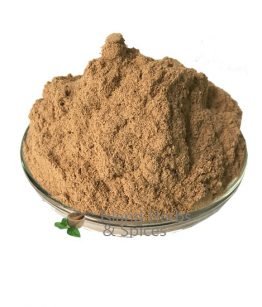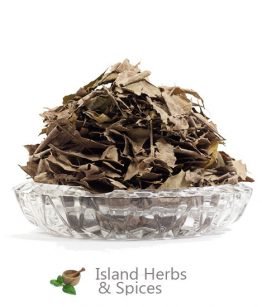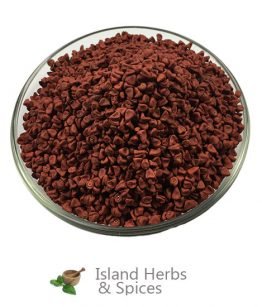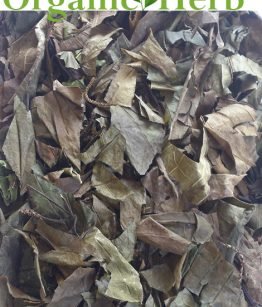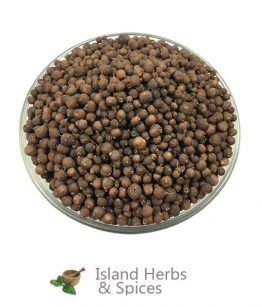MEDICINAL USES OF GLIRICIDIA SEPIUM
Gliricidia sepium, which also known as Mexican Lilac, Quick Stick, Mexican Liliac etc., is a type of leguminous tree that’s under the Fabaceae family. This medium-sized tree originated in the dry Pacific Coast of Central America, and slowly spread to tropical Mexico, Central America and northern South America. Now it is being cultivated all over tropical Americas, the Caribbean, Africa, Asia and the Pacific Islands. Due to its usefulness, Gliricidia sepium is regarded as the most important multi-purpose legume tree in the world, after Leucaena leucocephala.
Gliricidia sepium trees are mostly medium-sized in nature, they have single or multiple stems and grow to a height of about 10-12m. The plant can grow on different kinds of soils, including heavy clays, slightly alkaline soil, and calcareous limestone soils. However, they prefer well-drained soil and may die off if planted in waterlogged environments. They can thrive in dry hillsides, forests of the plains, thickets, or even along the road. Gliricidia sepium leaves are thin, yellow-green in colour, and have a length of 15-35cm.
Uses Of Gliricidia Sepium
Gliricidia sepium is widely recognized as a multipurpose plant. It can be used for both medicinal, culinary and agricultural purposes. Here are some of its uses.
- Medicinal Uses
- People who have a cough or are suffering from asthma can brew the leaves of Gliricidia sepium as tea, and drink it for quick recovery. This is a common practice in Saint Lucia and Jamaica.
- It can be used as an antihistamine drug to treat hay fever, a syrup to treat cough, or a diuretic to increase the rate of urine excretion. In Mexico, crushed fresh Gliricidia sepium leaves are applied directly on wounds or any aching part of the body as a smoothing balm.
- Gliricidia sepium leaves can be used to treat skin infections
- Farmers in San Jacinto of northern Columbia apply the liquid extract of Gliricidia sepium flowers on their eyes, to enhance their vision.
- In Guatemela and Costa Rica, the bark of the plant is cooked into a mixture and used to treat bacterial and protozoan infections.
- Extract gotten from the Gliricidia sepium plant have been used to cure infections caused by Neisseria Gonorrhea, Microsporum canis, and Trichophyton mentagrophytes.
- In the Philippines, locals use leaf extracts and bark/root decoctions to treat scabies and dermatitis.
- Insects hate the smell of Gliricidia sepium leaves, so it can be rubbed on the skin as an insect repellent.
- Leaves can be mashed and rubbed over sprains and closed fractures. It can also be used to soothe rheumatic pains, by applying on affected area.
- Sap extracted from the roots and leaves of Gliricidia sepium has also be used to treat open wounds.
- Culinary Uses
- The plant’s leaves can be eaten as a delicacy. However, it has to be boiled or fried before consumption.
- Mexicans eat Gliricidia sepium flowers as food.
- In some homes, they are used in fish dishes.
- Gliricidia sepium leaves can be added to egg batter and fried to taste
- Other Uses
- In some countries, Gliricidia sepium is planted around compounds and used as a living fence.
- The branches of the tree can be cut and used as firewood.
- Gliricidia sepium leaves can be used to quicken the ripening process in bananas. To make this possible, the leaves have to be placed in a tight container with the bananas.


